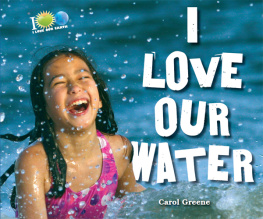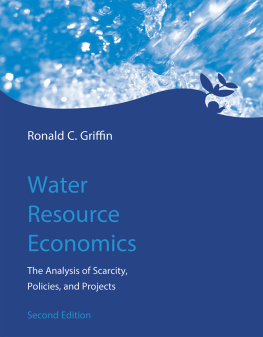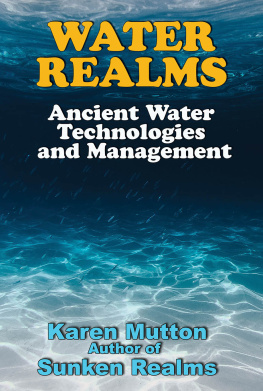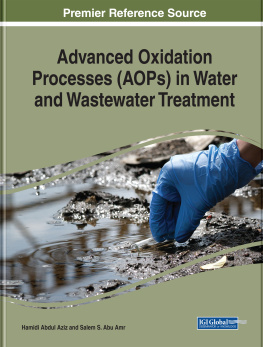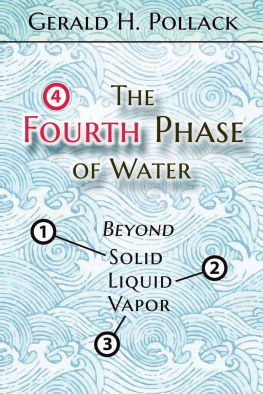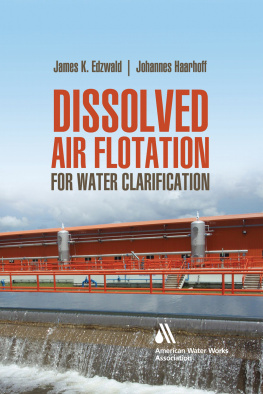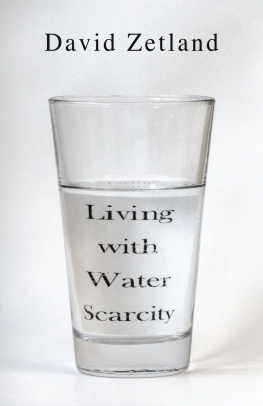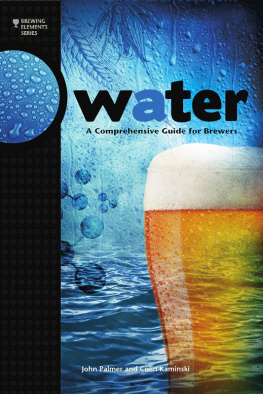Contents
Guide
Page List

About Nalco Water, an Ecolab Company
Nalco Water, an Ecolab company is the global leader in water, hygiene, and energy technologies and services that protect people and vital resources. Ecolab delivers comprehensive solutions and on-site service to ensure safe food, maintain clean environments, optimize water and energy use, and improve operational efficiencies for customers in the food, healthcare, energy, hospitality, and industrial markets in more than 170 countries around the world.

Copyright 2018 by McGraw-Hill Education. Except as permitted under the United States Copyright Act of 1976, no part of this publication may be reproduced or distributed in any form or by any means, or stored in a database or retrieval system, without the prior written permission of the publisher.
ISBN: 978-1-25-986098-0
MHID: 1-25-986098-1
The material in this eBook also appears in the print version of this title: ISBN: 978-1-25-986097-3,
MHID: 1-25-986097-3.
eBook conversion by codeMantra
Version 1.0
All trademarks are trademarks of their respective owners. Rather than put a trademark symbol after every occurrence of a trademarked name, we use names in an editorial fashion only, and to the benefit of the trademark owner, with no intention of infringement of the trademark. Where such designations appear in this book, they have been printed with initial caps.
McGraw-Hill Education eBooks are available at special quantity discounts to use as premiums and sales promotions or for use in corporate training programs. To contact a representative, please visit the Contact Us page at www.mhprofessional.com.
Information contained in this work has been obtained by McGraw-Hill Education from sources believed to be reliable. However, neither McGraw-Hill Education nor its authors guarantee the accuracy or completeness of any information published herein, and neither McGraw-Hill Education nor its authors shall be responsible for any errors, omissions, or damages arising out of use of this information. This work is published with the understanding that McGraw-Hill Education and its authors are supplying information but are not attempting to render engineering or other professional services. If such services are required, the assistance of an appropriate professional should be sought.
TERMS OF USE
This is a copyrighted work and McGraw-Hill Education and its licensors reserve all rights in and to the work. Use of this work is subject to these terms. Except as permitted under the Copyright Act of 1976 and the right to store and retrieve one copy of the work, you may not decompile, disassemble, reverse engineer, reproduce, modify, create derivative works based upon, transmit, distribute, disseminate, sell, publish or sublicense the work or any part of it without McGraw-Hill Educations prior consent. You may use the work for your own noncommercial and personal use; any other use of the work is strictly prohibited. Your right to use the work may be terminated if you fail to comply with these terms.
THE WORK IS PROVIDED AS IS. McGRAW-HILL EDUCATION AND ITS LICENSORS MAKE NO GUARANTEES OR WARRANTIES AS TO THE ACCURACY, ADEQUACY OR COMPLETENESS OF OR RESULTS TO BE OBTAINED FROM USING THE WORK, INCLUDING ANY INFORMATION THAT CAN BE ACCESSED THROUGH THE WORK VIA HYPERLINK OR OTHERWISE, AND EXPRESSLY DISCLAIM ANY WARRANTY, EXPRESS OR IMPLIED, INCLUDING BUT NOT LIMITED TO IMPLIED WARRANTIES OF MERCHANTABILITY OR FITNESS FOR A PARTICULAR PURPOSE. McGraw-Hill Education and its licensors do not warrant or guarantee that the functions contained in the work will meet your requirements or that its operation will be uninterrupted or error free. Neither McGraw-Hill Education nor its licensors shall be liable to you or anyone else for any inaccuracy, error or omission, regardless of cause, in the work or for any damages resulting therefrom. McGraw-Hill Education has no responsibility for the content of any information accessed through the work. Under no circumstances shall McGraw-Hill Education and/or its licensors be liable for any indirect, incidental, special, punitive, consequential or similar damages that result from the use of or inability to use the work, even if any of them has been advised of the possibility of such damages. This limitation of liability shall apply to any claim or cause whatsoever whether such claim or cause arises in contract, tort or otherwise.
Contents
Foreword
B usiness and industry are increasingly identifying water scarcity as a business constraint and risk. By the year 2030, the World Economic Forum estimates that the global demand for freshwater will exceed supply by about 40%. The ever-increasing demand for freshwater is causing us to consider the potential outcomes, where water stressors start to inhibit our ability to meet the critical needs of our customers around the world. Yet the risk is not equitable across the globe. Each watershed is different. There are acute shortages in some places and not in others. We also find that universally water is underpriced, and the prices are inverse to the risk.
Our conversation is changing. We are reframing our discussion and vocabulary around water to reflect the challenges, the risk to business, and the true cost of the resource. We are finding ourselves at an inflection point. We have obtained the knowledge and sophistication to make the case for water strategies in our facilities that make good business sense, and enable growth in an environmentally sustainable and socially equitable manner. Implementing water strategies within plants needs to make good economic sense and be accomplished in a manner that allows the business a fundamental license to grow.
Our fourth edition of The Nalco Water Handbook opens up the discussion on water scarcity, stressors, and the business case for managing water. The content throughout the book will assist you in maintaining clean heat transfer surfaces as well as addressing water management needs through the lens of reduction, reuse between applications, and recycle. As you read through the book, look for the items that can become actionable in your facility and not just protect your assets, but that can help your water management strategies as well.
Christophe Beck
President, Nalco Water
Executive Vice President, Ecolab
Preface
A s Nalco Water approaches its 90th year in business, it seems fitting to release the fourth edition of The Nalco Water Handbook at the same time. Our first book, Water: The Universal Solvent, was published in 1977 in observance of the companys 50th anniversary. Frank N. Kemmer, editor-in-chief and John McCallion, associate editor of that book, went on to produce the first two editions of The Nalco Water Handbook and firmly placed Nalco Water well down the road of knowledge sharing. We at Nalco Water continue to believe this is as important today, as it was when the first book was published.
Water as a resource is becoming increasingly scarce throughout much of the world. In this edition of the book, we have restructured the initial introductory chapters through the lens of water scarcity, stressors, and business risk. In addition, we have added supplementary content around water conservation in various processes where applicable. We have also strengthened the discussions around various industry processes, impurity removal with membrane technology and water safety for building water systems. Finally, we have added additional chapters in the industry section to broaden the scope of the discussion.


